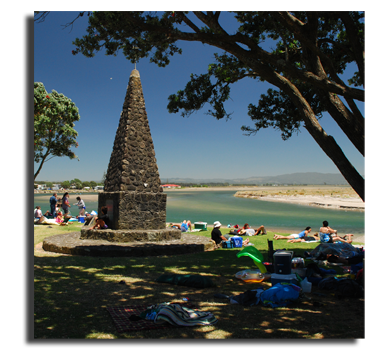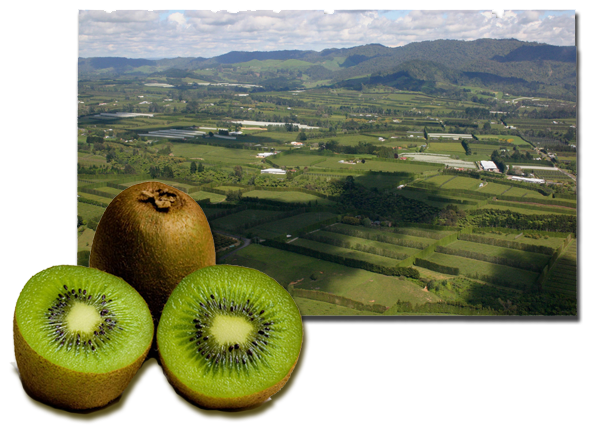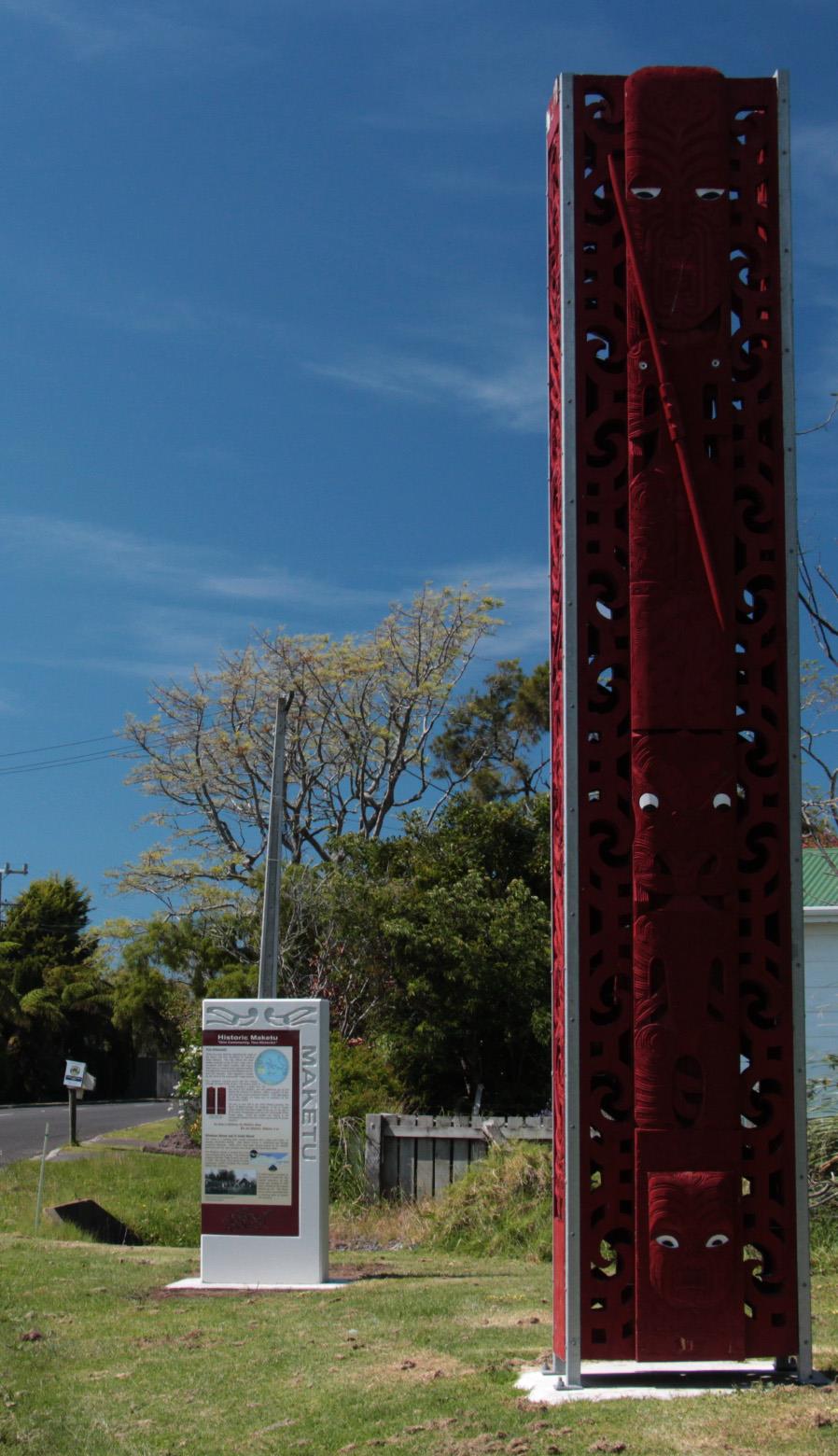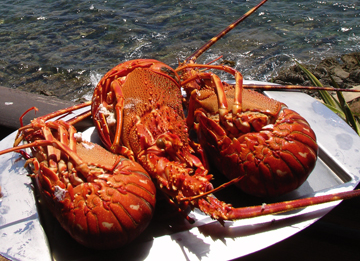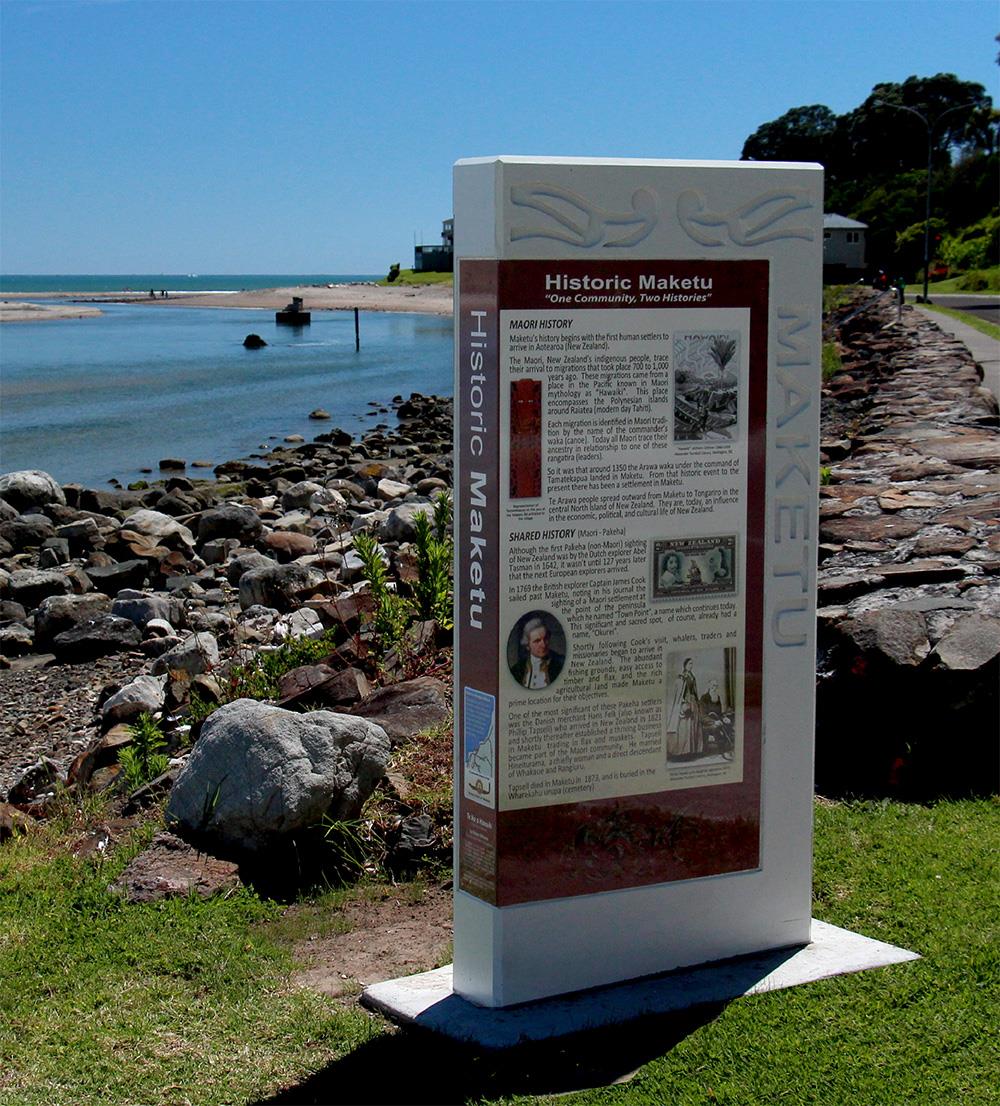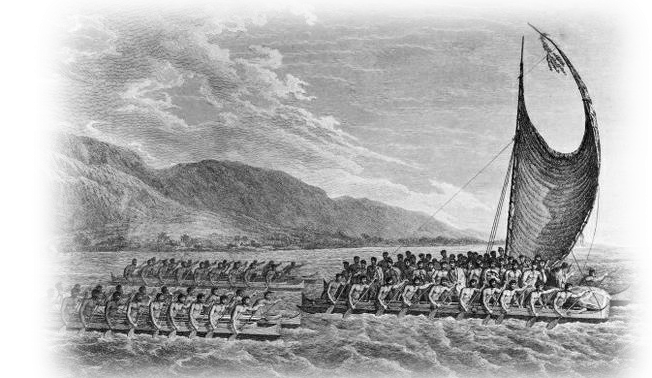This is Maketu
This is Maketu, a small seaside village with a rich history and a vibrant community today. Over 800 years ago the first human settlers arrived in Aotearoa (New Zealand) in several great migrations from Polynesia. Each migration is named after the waka (canoe) of the commander. One of these canoes, the Arawa waka, under the command of Tamatekapua landed in Maketu.
Since that event there has been a continuous settlement of the Te Arawa people in this village, followed by some of the first Pakeha (non-Maori) settlers in New Zealand who arrived over 250 years ago.
Explore this website to learn more about this place that the locals affectionately call "Magic Maketu".
Visit our community and experience our history first-hand through a series of historic markers. Take a leisurely hikoi (walk) through the village and stand on the very sites on which history unfolded. Each marker presents an illustrated narrative of that history.
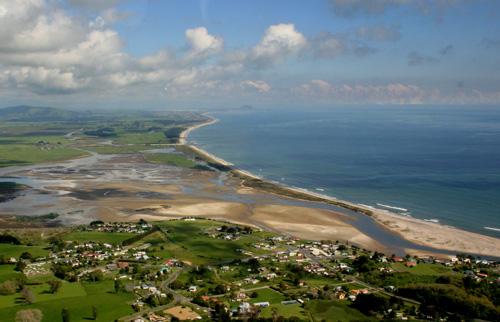
When Captain James Cook, in 1769, sailed into a large bay on the east coast of New Zealand's North Island he aptly named it the “Bay of Plenty” because of its rich natural resources.
The Bay of Plenty dominates the landscape of Maketu with beautiful beaches, rich fishing grounds, and an abundance of recreational opportunities.
The Maketu Peninsula is bounded on each side by estuaries and wetlands. These are home for many birdlife species, including the endangered New Zealand Dotterel.
Surrounding the village are rich agricultural lands primarily devoted to dairy farming and kiwifruit orchards.
A popular destination for ocean fishing, snapper, kahawai, tarakihi, and gurnard abound. Shellfish are also abundant, mussels, pippi, and paua.
And, of course, beautiful crayfish.
The Kaituna River, which empties Lake Rotorua and surrounding lakes, flows into the sea at Maketu. It is a popular whitebait fishing ground as well as a nearby whitewater rafting adventure.

